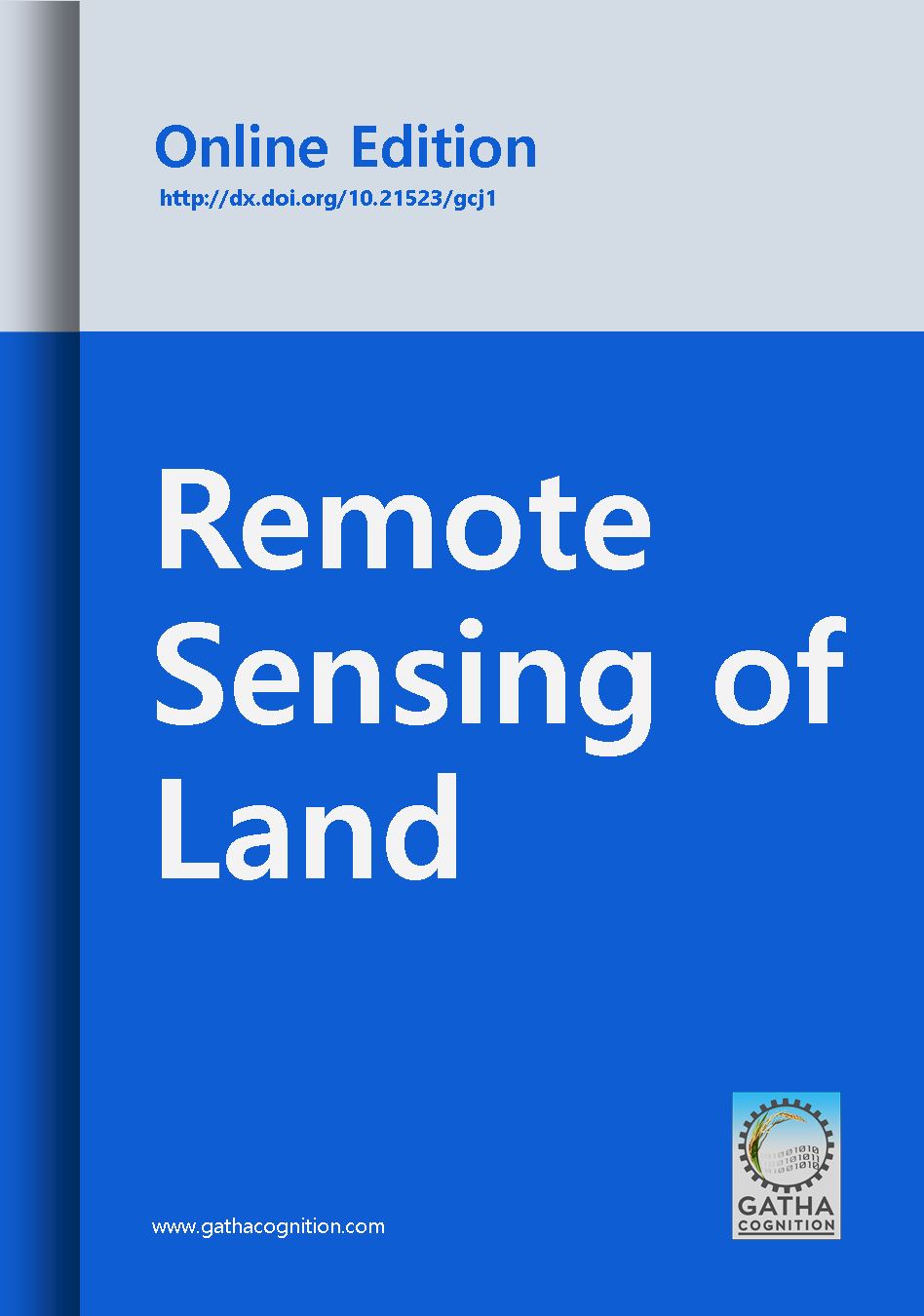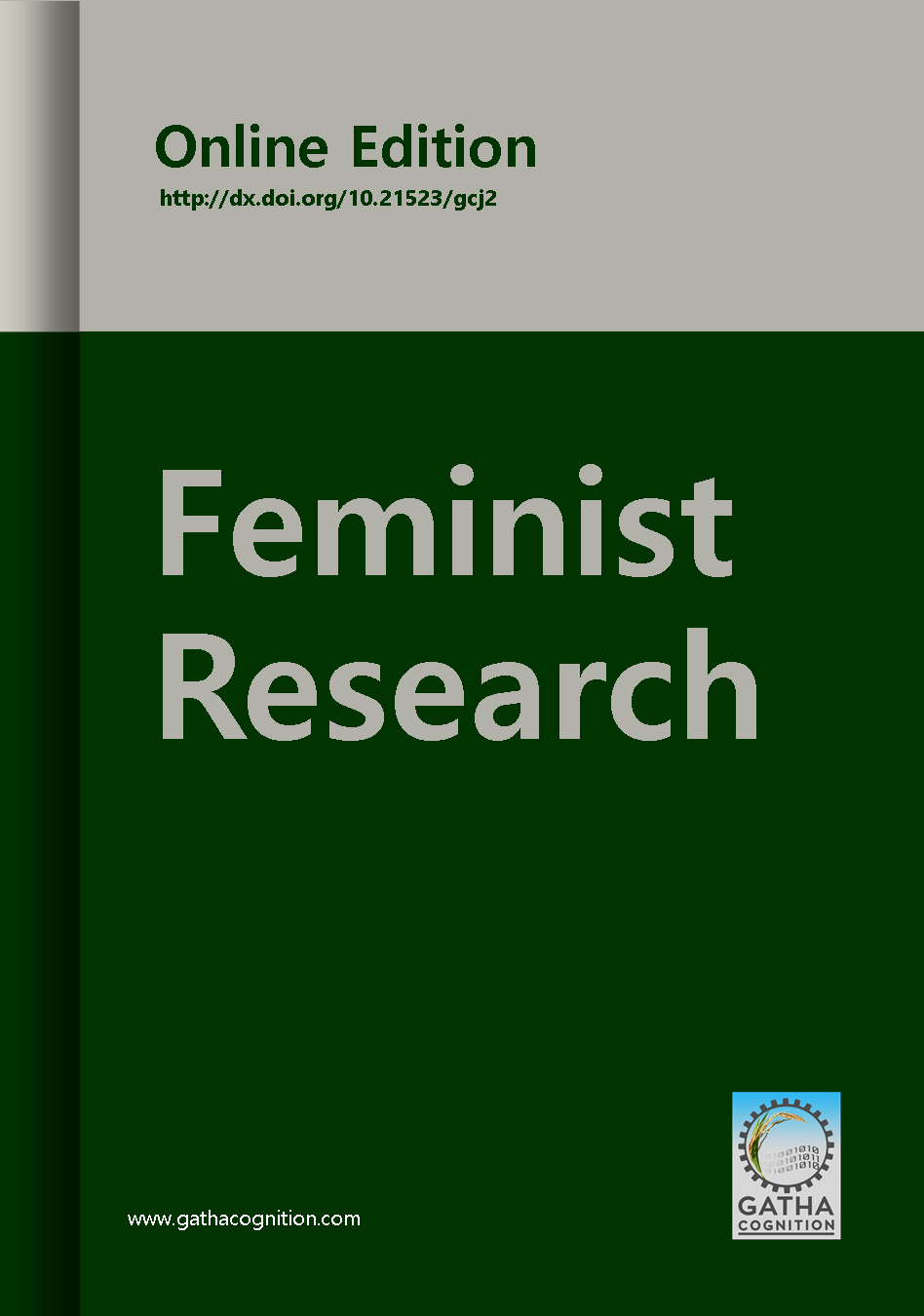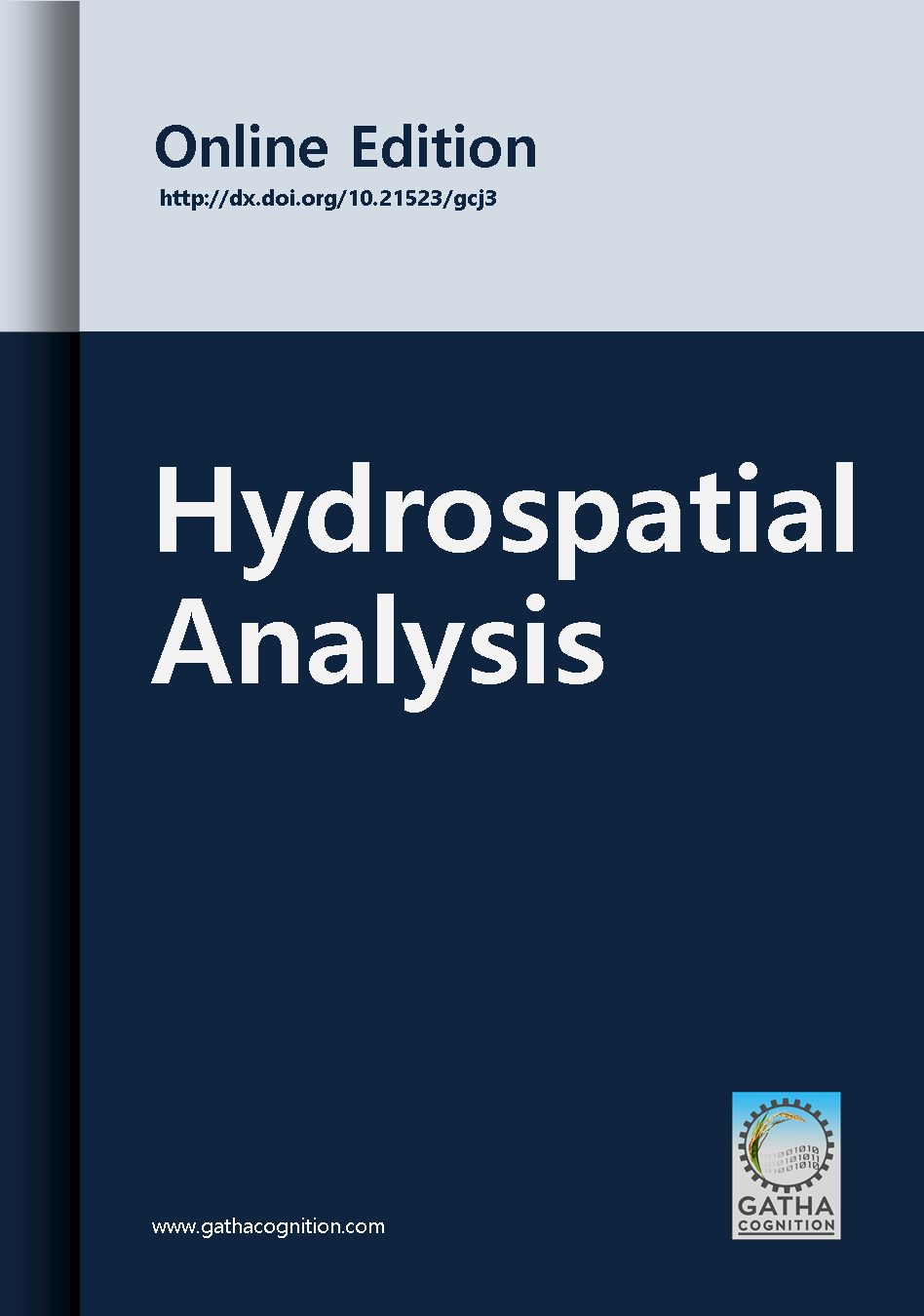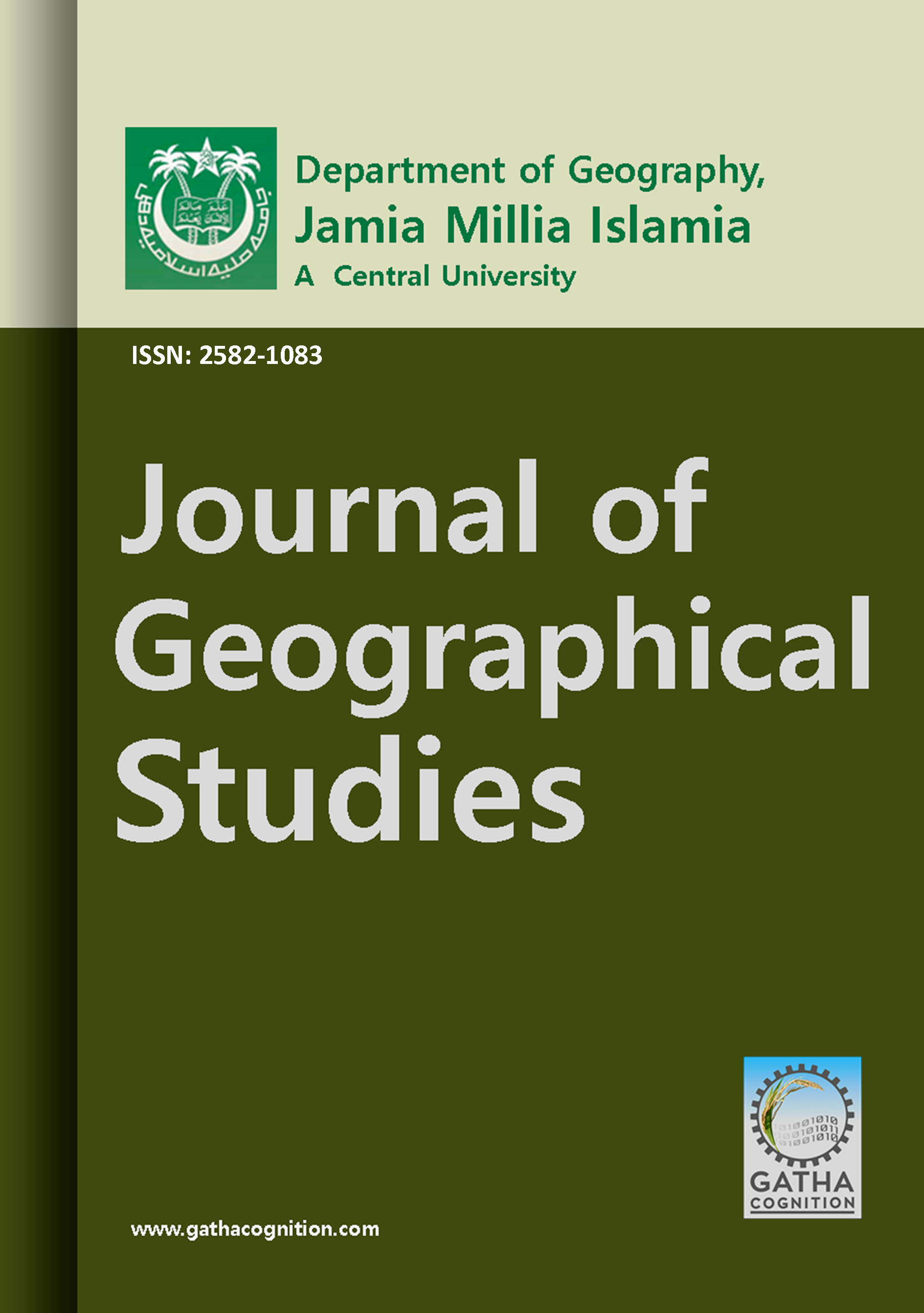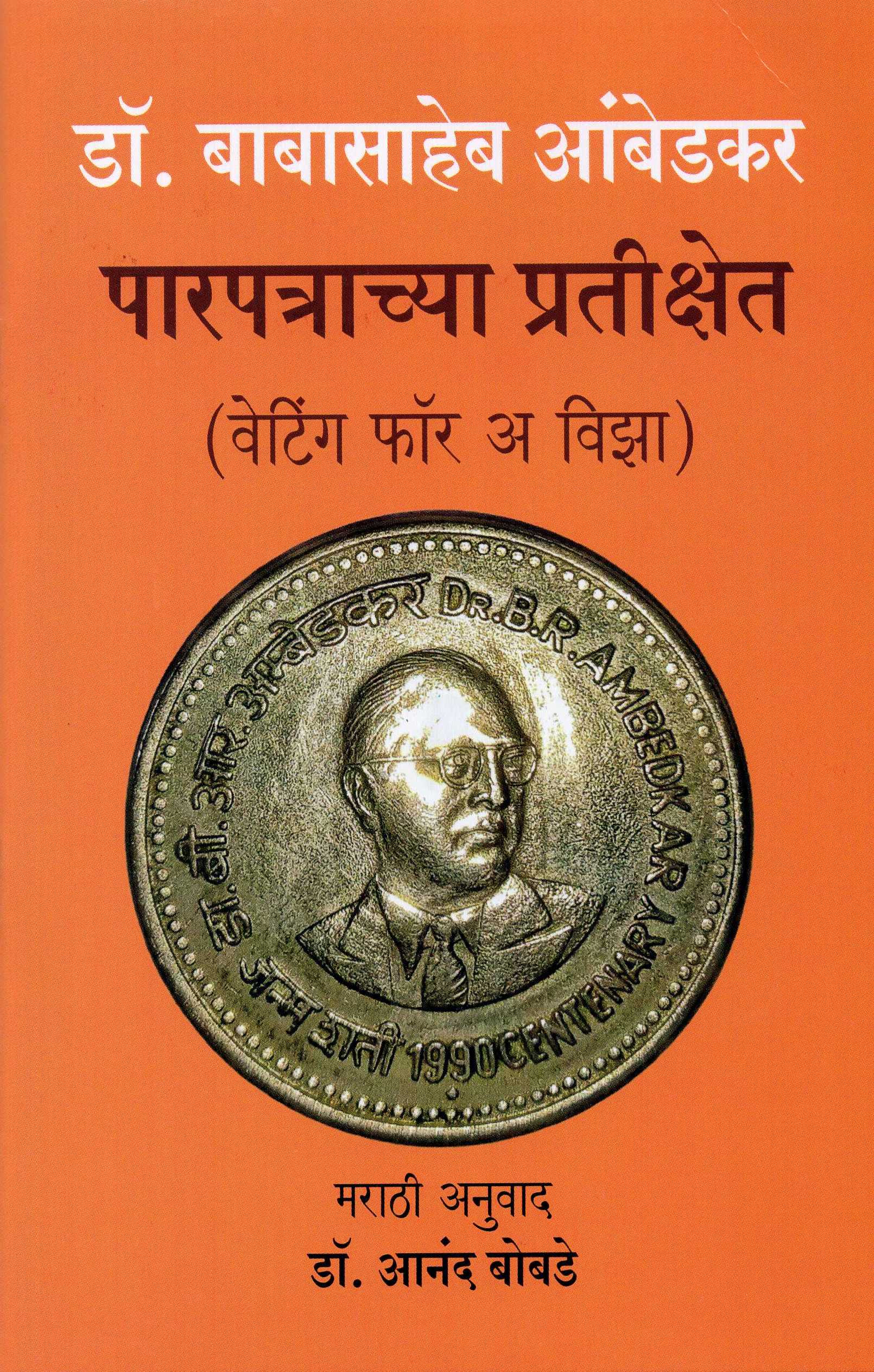This study spatially analyzes localized geography of health insurance coverage among Scheduled Tribe (ST) households in India, revealing persistent regional disparities using nationally representative data from NFHS-5 and advanced spatial analytical techniques. Employing Exploratory Spatial Data Analysis (ESDA), Geographically Weighted (GW) correlation and Empirical Bayes Smoothing (EBS), the research identifies significant north-south and east-west rifts in economic status and insurance access. The findings reveal marked regional disparities, with significantly higher insurance coverage in southern and western districts, particularly in Kerala, Tamil Nadu, Andhra Pradesh, and parts of Gujarat compared to persistently low coverage in northern and eastern states such as Uttar Pradesh, Bihar, Jharkhand, and West Bengal. A Lorenz curve (Gini coefficient: 0.36) indicates moderate nationwide inequality in insurance coverage among ST households. Southern and western districts, notably in Kerala, Tamil Nadu, and Gujarat, exhibit stronger insurance penetration than northern and northeastern regions. While some ST populations in poorer northern areas benefit from targeted schemes, vast stretches of central and northeastern India remain underserved due to low economic development and weak healthcare infrastructure. Local Moran’s I analyses highlight High-High clusters in southern India and Low-Low clusters in the north-central belt, underscoring entrenched spatial disadvantage. The clustering effect suggests that health policy interventions in these regions have likely benefited from regional policy diffusion, where best practices and institutional capacities spill over into neighboring districts, creating reinforcing zones of success. Bivariate and GW correlation visualizations display a strong positive association between wealth status and insurance coverage, especially in southern and central regions. Conversely, regions with high proportions of BPL and poor ST households demonstrate strong negative correlations, indicating a double burden geography of economic vulnerability and exclusion from insurance schemes. Importantly, the findings emphasize the localized need for inclusive policy interventions to ensure universal access of insurance coverage for ST households, especially in identified vulnerable regions.






